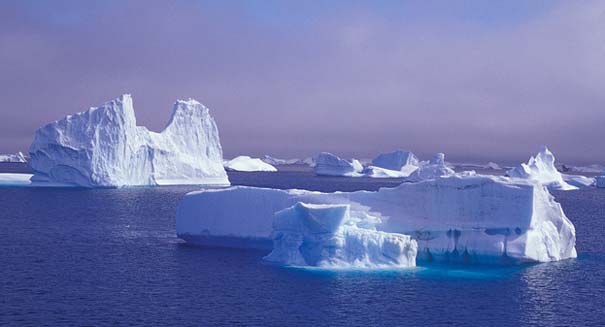
Extensive ice loss in the region has been documented for some time using satellite altimetry and input-output methods.
Glacial melting can actually be felt from space, according to a recent study. Satellites detected a change in Earth’s gravitational field above Western Antarctica, according to a recent article published in the August 28th issue of the journal of Geophysical Research Letters. The change was facilitated by dramatic losses in three of Antarctica’s major drainage systems: Pine Island Glacier, Thwaites Glacier, and Getz Ice Shelf. Researchers report ice-loss in these three systems to be over 180 billion tons between November 2009 and June 2012. Evidence suggests that the ice-loss may now be irreversible, as reported earlier in the year by Live Science.
New evidence arrives via the GOCE satellites (Gravity Field and Steady State Ocean Circulation Explorer) which were launched by the European Space Agency and completed their mission in 2013.
Extensive ice loss in the region has been documented for some time using satellite altimetry and input-output methods (IOM). These techniques, however, rely on the conversion of ice height into ice mass and are susceptible to bias. The current study uses the gravitational pull of the Earth’s mass, which varies enough to be detected by a satellite in space, to measure the mass of features on its surface. While this technique offers lower resolution than altimetry methods, reliable data is collected measuring gravity (which is proportional to mass) directly.
The orbit and instrumental capabilities of the GOCE satellites were designed to offer the highest resolution measurements of the Earth’s gravitational field from space. But because of advances in signal processing and the low orbit of the satellites, researchers realized that these measurements unintentionally gave useful information on the size of glaciers and ice shelves.
One important finding is that gravimetry data can be combined with other types of data to provide scientists with better estimates of melting rates. Concurrently, the detection of mass changes may allow scientists to better predict rises in sea level.
Leave a Reply